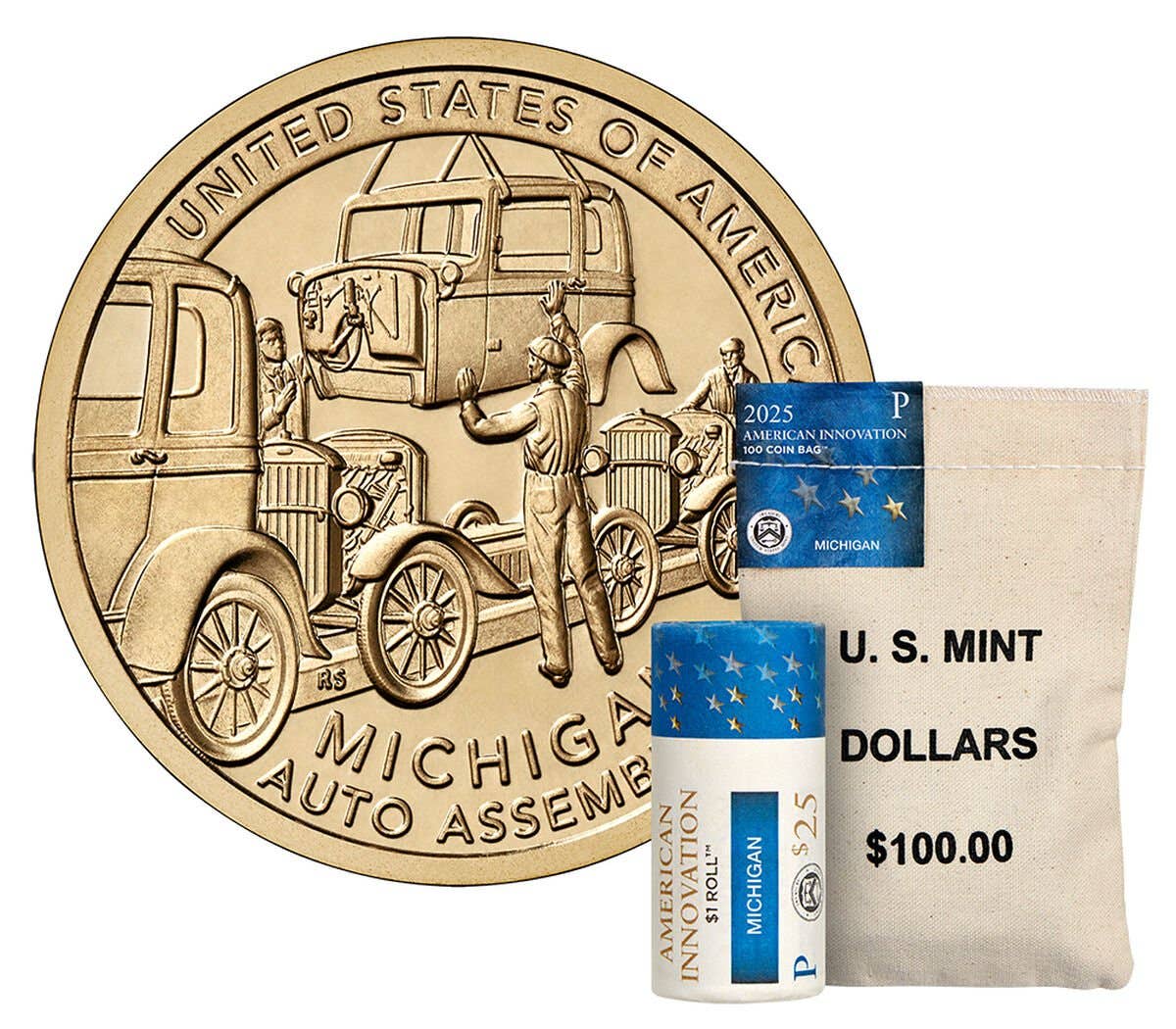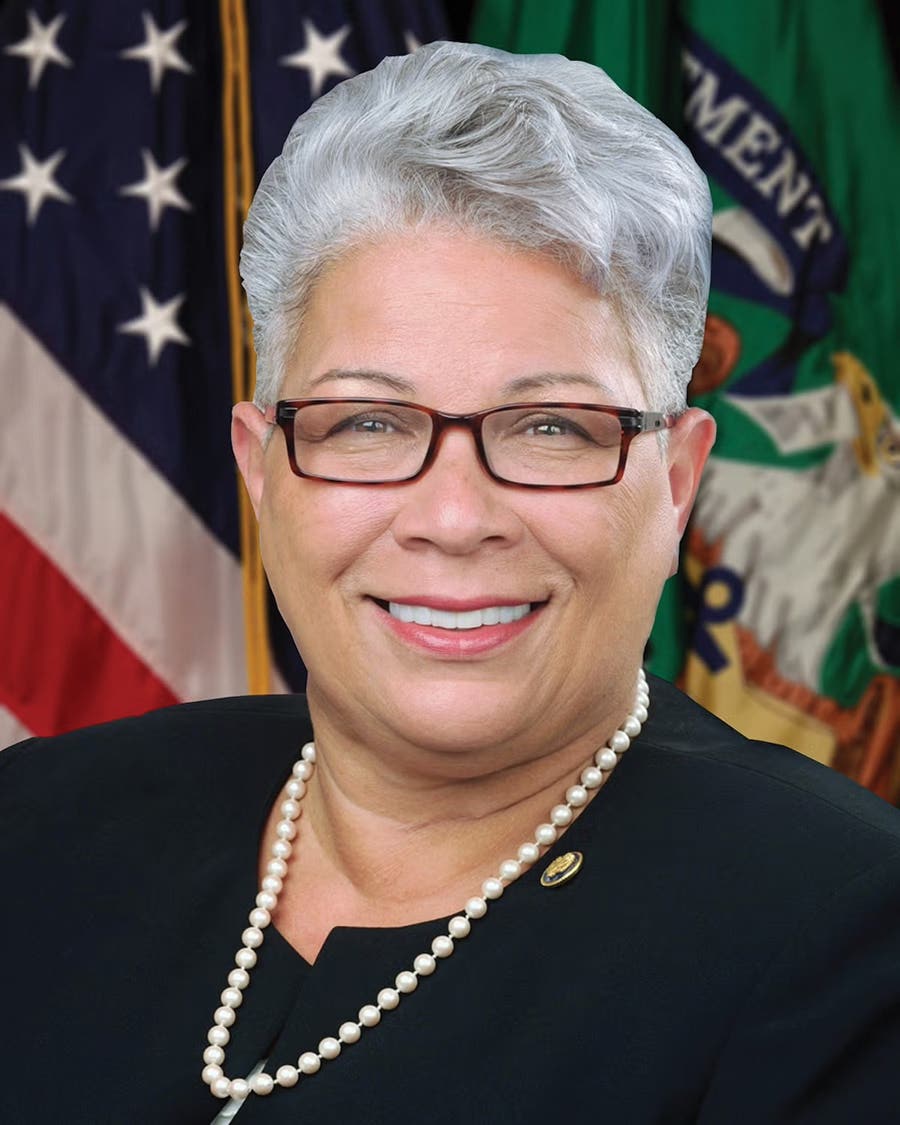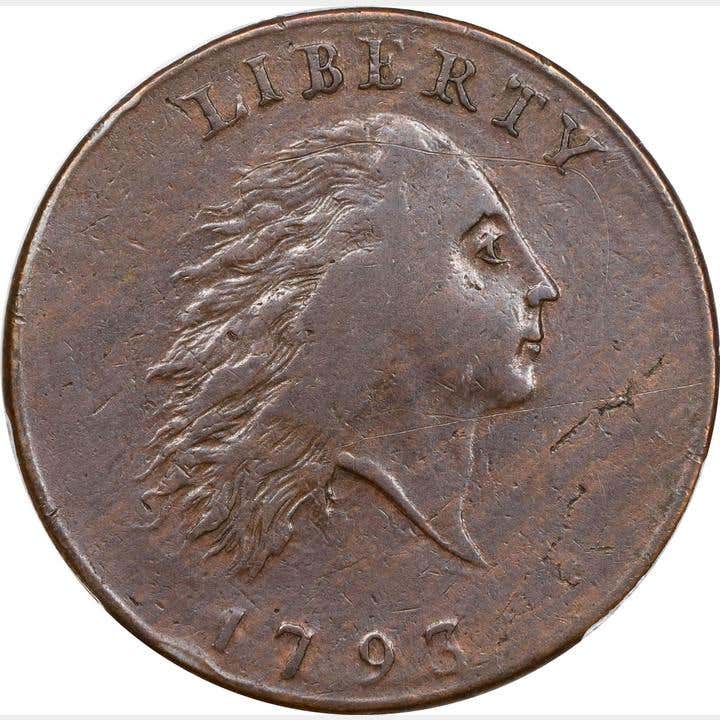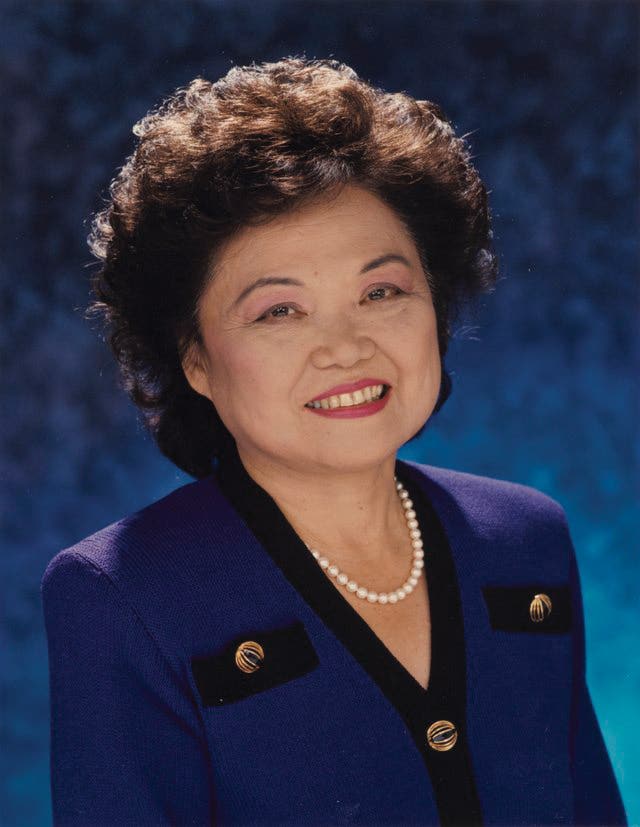Coins of U.S. Christmas Past
Coins, medals and tokens have long been given as Christmas gifts. For some, the origin of the custom lies with the gifts the Magi brought to newborn Baby Jesus. For…
Coins, medals and tokens have long been given as Christmas gifts. For some, the origin of the custom lies with the gifts the Magi brought to newborn Baby Jesus. For others, the tradition is linked with the giving of coins by St. Nicholas, the prototype Santa Claus of the 4th century.
But whatever its beginnings, the tradition became well-entrenched throughout Europe. From there, it arrived in the Americas where, by the 19th and 20th centuries, it had become commonplace. The striking of low-mintage proof and specimen U.S. coins in the last quarter of a year is linked to their use as Christmas gifts.
A scan of auction catalogs over the past decade provides numerous examples of coins claiming to have such a Christmas connection. Among these are an 1885 gold dollar, 1885 specimen and proof Morgan dollars, an 1889 proof Morgan dollar, 1898 and 1899 proof Morgan dollars, an 1891 gold $2.50, and even a 1907 wire rim Saint-Gaudens double eagle.
Of particular note are U.S. Trade dollars, none of which were issued for overseas use after 1878. Instead, all trade dollars struck between 1879 and 1883 were produced to satisfy the numismatic community. In his Encyclopedia of Proof and Colonial Gold Coins, Walter Breen notes while many of these were produced early in the year for inclusion in proof sets, “that around Christmas time large quantities were made presumably for stocking stuffers.”
Some such gifted Trade dollars were far more than mere stocking stuffers. One example sold by Stack’s Bowers consisted of an 1877-S Trade dollar that had been converted into a hollowed out box coin complete with hinged lid. The inside lid had been exquisitely engraved with a theatrical stage setting of a Japanese garden. At the top is the name CONRIED with CHRISTMAS 1907 at left and right. At the base is the signature of Max Meyer, NY.
Heinrich Conried was the manager-director of the New York Metropolitan Opera House in 1907. In February that year, the Met premiered a new version of Puccini’s “Madame Butterfly.” It was performed seven further times throughout the year, concluding with a performance on Dec. 14. The lead roles were taken by Enrico Caruso and Geraldine Farrar.
The S-B cataloger proposed that one of those involved in the production commissioned Meyer to produce this delightful miniature work of art as a Christmas gift for Conried. If this was the case, it may well have been Caruso. He was, after all, a coin collector.
Come the 20th century, the inclusion of U.S. coins in cutout Christmas cards became fashionable. Among some of the better-known examples were those produced by the Booker T. Washington Birthplace Committee. Two appear occasionally at auction and correspond with the 1946 first-issue Washington half dollar (above) and the 1951 first release of the George Washington Carver/Booker T. Washington half (below).
Washington writings contain frequent observations on the importance of Christmas in his own and America’s life. The 1946 card carries a typical, if somewhat lengthy, quotation concerning the real gift of Christmas. It is summarized neatly as: “Good Will, The First and Best Christmas Gift.”
May readers – and collectors – feel it in full this Christmas.
This article was originally printed in World Coin News. >> Subscribe today.
If you like what you've read here, we invite you to visit our online bookstore to learn more about Coins Magazine.
NumismaticNews.net is a participant in the Amazon Services LLC Associates Program, an affiliate advertising program designed to provide a means for sites to earn advertising fees by advertising and linking to Amazon.com and affiliated websites.








